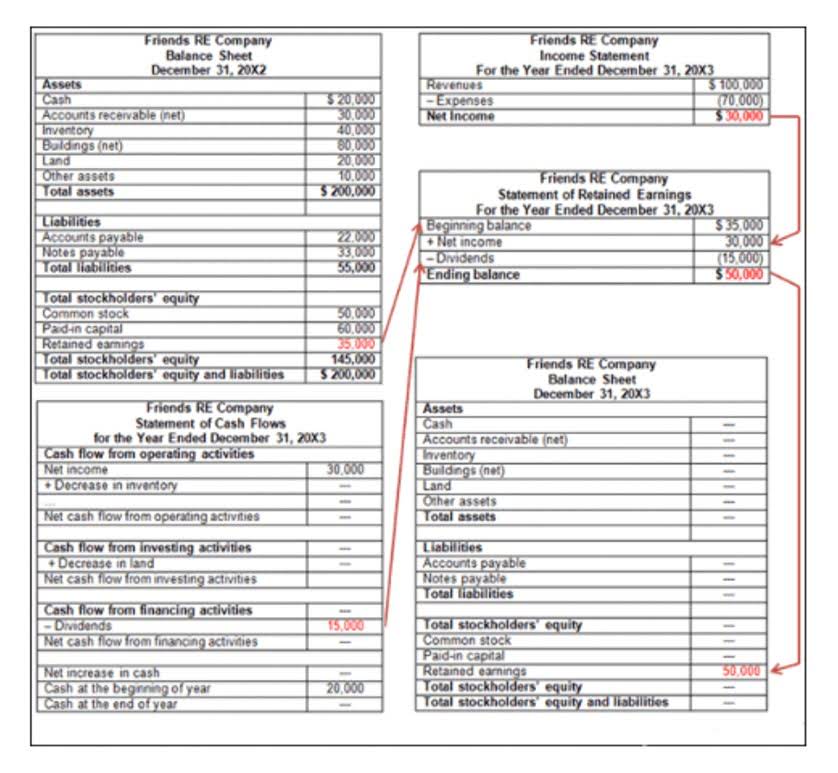
The first is based on the number of units you need to sell to cover all your costs. The second is based on how much revenue you need to generate in order to break-even. Now that you know your obvious and not so obvious occurring costs, the price of your products is another factor that determines your profitability. It gives investors insight into when a company is expected to offset its costs for the first time.
- The break-even point is the moment when a company’s product sales are equal to its overall costs.
- By offering a relatively low break-even price without any margin markup, a business may have a better chance to gather more market share, even though this is achieved at the expense of making no profits at the time.
- When it comes to stocks, for example, if a trader bought a stock at $200, and nine months later, it reached $200 again after falling from $250, it would have reached the breakeven point.
- The break-even points (A,B,C) are the points of intersection between the total cost curve (TC) and a total revenue curve (R1, R2, or R3).
- For a put option with otherwise same details, the break-even price would instead be $18.
- In accounting terms, it refers to the production level at which total production revenue equals total production costs.
Companies can use break-even equations to track everything they expect to spend during any given quarter. They can even leave some room for error—that way, when emergency expenses pop up without warning on financial statements, it won’t lead to chaos for the accounting department. The incremental revenue beyond the break-even point (BEP) contributes toward the accumulation of more profits for the company. There are a multitude of negative consequences that arise when a pump is operated significantly above or below its BEP that can result in accelerated pump wear and premature failures.
What is a breakeven point?
Let’s say that we have a company that sells products priced at $20.00 per unit, so revenue will be equal to the number of units sold multiplied by the $20.00 price tag. The Break-Even Point (BEP) is the inflection point at which the revenue output of a company is equal to its total costs and starts to generate a profit. Consider the following example in which an investor pays a $10 premium for a stock call option, and the strike price is $100. The breakeven point would equal the $10 premium plus the $100 strike price, or $110. On the other hand, if this were applied to a put option, the breakeven point would be calculated as the $100 strike price minus the $10 premium paid, amounting to $90. Companies can use profit-volume charting to track their earnings or losses by looking at how much product they must sell to achieve profitability.
Identifying a break-even point helps provide a dynamic view of the relationships between sales, costs, and profits. Keith and Alexandra have been managing a mobile hotdog stand since July. They sell hotdogs at different sites throughout the city and each month incur fixed costs of up to $800 (e.g. site rental, leasing fee for the truck, insurance, electricity, etc.). Hotdogs cost $0.70 a piece, and also incur a per-hotdog cost of $0.10 for bread, ketchup, and a napkin.
It Helps you to Identify the Right Pricing Strategy for Your Business
However, a product or service’s comparably low price may create the perception that the product or service may not be as valuable, which could become an obstacle to raising prices later on. In the event that others engage in a price war, pricing at break-even would not be enough to help gain market control. With racing-to-the-bottom pricing, losses can be incurred when break-even prices give way to even lower prices. Traders also use break-even prices to understand where a securities price must go to make a trade profitable after costs, fees, and taxes have been taken into account.
This BEP analysis helps in determining the number of units or revenue needed to cover the total costs. The break-even point is the volume of activity at which a company’s total revenue equals the sum of all variable and fixed costs. It is also possible to calculate how many units bep meaning need to be sold to cover the fixed costs, which will result in the company breaking even. To do this, calculate the contribution margin, which is the sale price of the product less variable costs. Assume a company has $1 million in fixed costs and a gross margin of 37%.
Break-even sales formula in units














